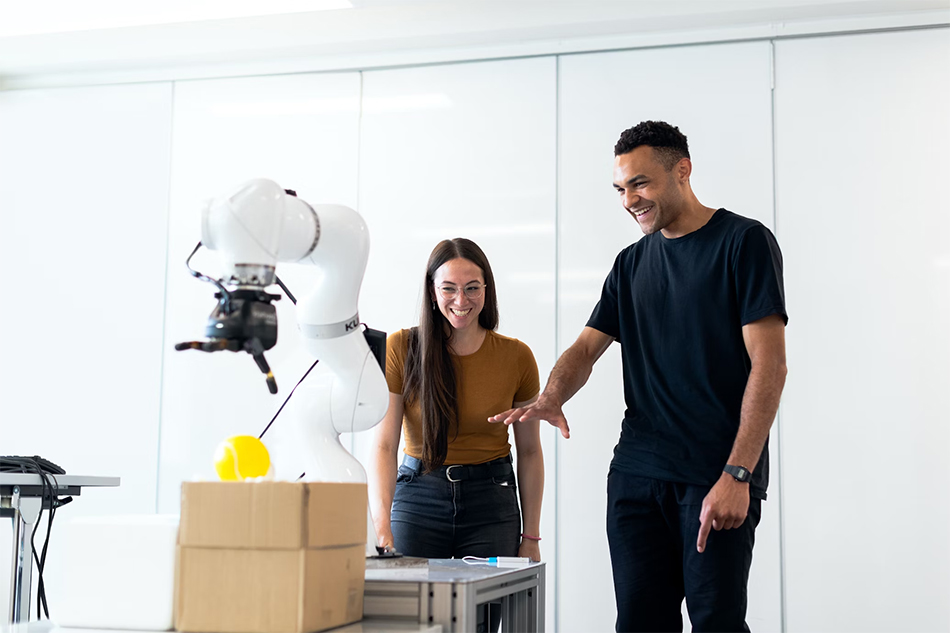How Synchronized Movement Enhances Human-Robot Trust

Understanding how humans and robots might work together efficiently is absolutely vital as robots start to permeate many sectors. Synchronized movement has turned out to be a fundamental component in building trust between people and robots according to University of Bristol researchers. With consequences for human-robot teams in important settings like emergency response and beyond, this paper clarifies how co-movement in shared areas shapes trust. Investigating how mobility affects trust helps scientists to fully realize human-robot collaborations. Developing safer and more user-friendly robotic systems depends on this kind of study.
The Importance of Trust in Human-Robot Collaboration
Human-robot interactions depend much on trust, particularly in high-stakes events like disaster recovery or firefighting. Effective partners for robots need to be confident enough of their human counterparts. According to the study, trust is developed not only by effective task performance but also by minute signals as movement harmony. This knowledge opens the path for the development of robots able to react to human behavior automatically. Under great pressure, such trust guarantees seamless teamwork and lowers the possibility of mistakes. Long-term acceptance of robotics in important sectors also depends mostly on trust.
The Role of Synchronization in Trust-Building

The study demonstrates that synchronized movement between humans and robots can significantly enhance trust. Using an ultrasound tracking system, researchers observed that participants who trusted robots mirrored their movements more closely. Conversely, disruptions in synchronization were linked to lower trust levels. These findings suggest that synchronized movement can act as both an indicator of trust and a mechanism for strengthening it. This dynamic creates an environment where robots are perceived as reliable allies. Understanding this relationship allows developers to design robots that foster deeper connections with their human users.
Real-World Applications of Movement Synchrony
Robots designed to work in tandem with humans can use synchronized movement to improve collaboration in practical scenarios. For example, in a simulated firefighter mission, robots that moved harmoniously with humans were perceived as more trustworthy. This principle can be applied to other fields, such as healthcare, manufacturing, and military operations, where seamless human-robot cooperation is essential for mission success. The ability to synchronize movements enhances not only functionality but also user satisfaction. Industries adopting such technology can achieve better outcomes while fostering trust in innovation.
Designing Robots for Trust Repair
The study also emphasizes the potential of using movement as a tool for trust repair. If robots detect a lack of synchronization, they could take corrective actions, such as signaling intent through indicator lights or sounds, to rebuild trust. Future research will explore whether interruptions to co-movement make it harder to regain synchronization, and how alternative forms of nonverbal communication might influence trust dynamics. These corrective measures ensure that robots remain effective even in unpredictable circumstances. Moreover, such adaptability reinforces the reliability and resilience of human-robot teams.
The discovery that synchronized movement fosters trust between humans and robots marks a significant step in advancing human-robot collaboration. As robots become more prevalent in our lives, designing systems that prioritize trust through intuitive and harmonious interactions will be vital. By focusing on movement synchronization, researchers are not only improving teamwork but also ensuring that human-robot partnerships remain reliable and effective, even when challenges arise. This advancement promises safer and more efficient integration of robots across various industries. Ultimately, this research paves the way for stronger, more seamless bonds between humans and machines.
